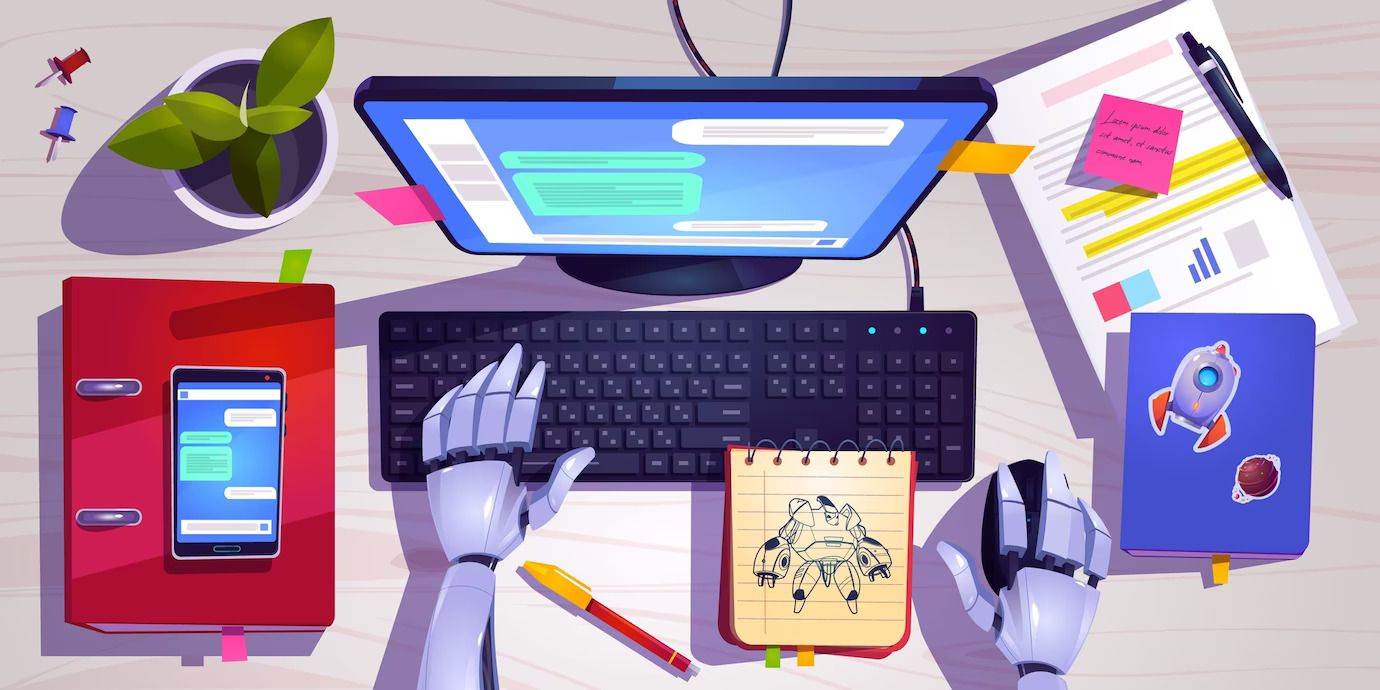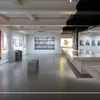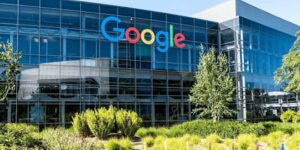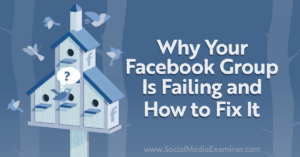
“Art is nothing but humanised science.”
While Artificial Intelligence is a recent wonder of science, this quote by the eminent painter Gino Severin dates back to the screaming sixties (1968). Surprisingly, the quote resonates with the creation of the first-ever digital art in 1964 by the German physicist, mathematician, and philosopher Georg Nees!
The rise of AI or artificial intelligence has taken the world by storm. From the global domain to daily chores, AI has left an indelible mark in pretty much every sphere of life. But artificial intelligence ‘creating’ art? With Jason M. Allen’s AI art “Théâtre D’opéra Spatial” bagging the first position at the Colorado State Fair Fine Arts Competition, AI has surely surpassed our imagination!
While the emergence of AI has gained a tad bit of acceptance in other fields, in the sphere of art, however, it has sparked off a deep unease.
So, my dear readers, let’s dive into the depths of the varied perspectives and unveil an answer to this rhetorical question– Is AI art real art?
The paradoxical realm of art

The word ‘art’ immediately takes our mind to framed paintings or museums. But what exactly is art? Defining it has always been considerably complicated.
Art has a timeless presence, yet from classical theories to the avant-garde movements, it has been the subject of continuous debate and evolution. Some believe that it is merely a mimesis or representation; some perceive it to be a medium of emotional expression, while others consider it as a distinct form.
In essence, however, art symbolises the entire spectrum of human experiences. It transcends boundaries. From the music that strikes your chord, your grandmother’s hand-woven old cardigan, the films you immerse yourself in, to the theatrical performances that stir your emotions– all of these contribute to the rich tapestry of art.
The term ‘art‘ is, thereby, just a label.
Adapting to technological advancements has always been tangled in the art world. And amidst these complexities, technology has dropped the AI bomb.
.thumbnailWrapper
width:6.62rem !important;
.alsoReadTitleImage
min-width: 81px !important;
min-height: 81px !important;
.alsoReadMainTitleText
font-size: 14px !important;
line-height: 20px !important;
.alsoReadHeadText
font-size: 24px !important;
line-height: 20px !important;

AI art: Real or unreal?
Artificial Intelligence art encompasses a diverse range of creative expressions generated or elevated through AI techniques spanning videos, music, images, and audio compositions.
It distinguishes itself from conventional digital art, which, while also rooted in technology, originated in the 1960s with pioneers like Georg Nees, Ken Knowlton’s “computer-processed creatures”; and the engineer-artist collaboration of Billy Klüver, Fred Waldhauer, Robert Rauschenberg, and Robert Whitman.
Can art result from machines simulating human cognition?
Among the numerous claims regarding AI’s capacity to produce art, one notable instance involves a collaboration between researchers from Rutgers University, Facebook AI Research, and the College of Charleston. Led by Ahmed Elgammal, the team has developed a Generative Adversarial Network (GAN), an AI algorithm that pits two neural networks against each other to produce original artworks.
In this GAN, referred to by the authors as a Creative Adversarial Network (CAN), a generator network is responsible for crafting images, while a discriminator network, trained on a dataset of 81,500 paintings, assesses the generated images based on aesthetic criteria.
Interestingly, when these CAN-generated images were placed alongside contemporary human artworks, human evaluators struggled to detect which were artificially generated. The CAN-generated images received higher aesthetic ratings in certain cases.
At San Francisco’s Bitforms gallery, where history was made with the debut of DALL-E focussed art exhibition, the answer is an unequivocal ‘yes’.
Alluding to the rich history of art, Steven Sacks, the visionary behind the 2001 inaugural Bitforms gallery in New York said that AI image generators are “just another tool,”
What do the Harvard Professors have to say?
Hailing from different genres like animation, music, writing, architecture and mixed-media art, has varied perspectives on AI in The Harvard Gazette.
Daphne Kalotay, a creative writing and literature lecturer at Harvard Extension School, contends that while “AI is a superb mimic and quick learner”, it will “lack true insight and experience.”
Although a little sceptical, head of the jazz ensembles and senior lecturer in music at Harvard, Tosvany Terry states “Any new technology is first seen as a threat to the status quo, like the way radio was received when it first aired.”
As the challenge of defining art can become quite complex, Matt Saunders, an accomplished mixed-media artist and a professor who also serves as the Director of Undergraduate Studies within Harvard’s Department of Art, Visual Studies, and Film, acknowledges that discussions about AI art often lead to “circular thinking.”
Nonetheless, she believes that AI might drive the mechanism but it’s the artist who is “bringing it into the room.”
.thumbnailWrapper
width:6.62rem !important;
.alsoReadTitleImage
min-width: 81px !important;
min-height: 81px !important;
.alsoReadMainTitleText
font-size: 14px !important;
line-height: 20px !important;
.alsoReadHeadText
font-size: 24px !important;
line-height: 20px !important;

The dilemma of originality in AI art
AI-driven art platforms, such as Dall-E and Midjourney, bring forth crucial copyright concerns. Frequently, these algorithms, which are trained on human-generated material, produce images without obtaining consent or offering compensation to the original creators.
S. Will Chambers, an artist turned robot and artificial intelligence strategist, believes that “AI agents are not creating art…they are replicating art.” He supports this by illustrating that the CAN agents underwent training using “tens of thousands of original artworks created by human artists.”
A tweet read– “AI artwork is the ‘banana taped to the wall’ of the digital world now.”
The audience’s humour is indeed on point!
Considering the ongoing controversy and persistent misconceptions surrounding digital art, can we confidently draw any conclusions about AI art at this point?
Before artists, critics, and the art-loving public hit the ‘approved’ or ‘disapproved’ button, they must invest years in studying and mastering this innovative technology. After all, a new art form begets entirely new artistic expressions. When in history has the course of acceptance been easy?










